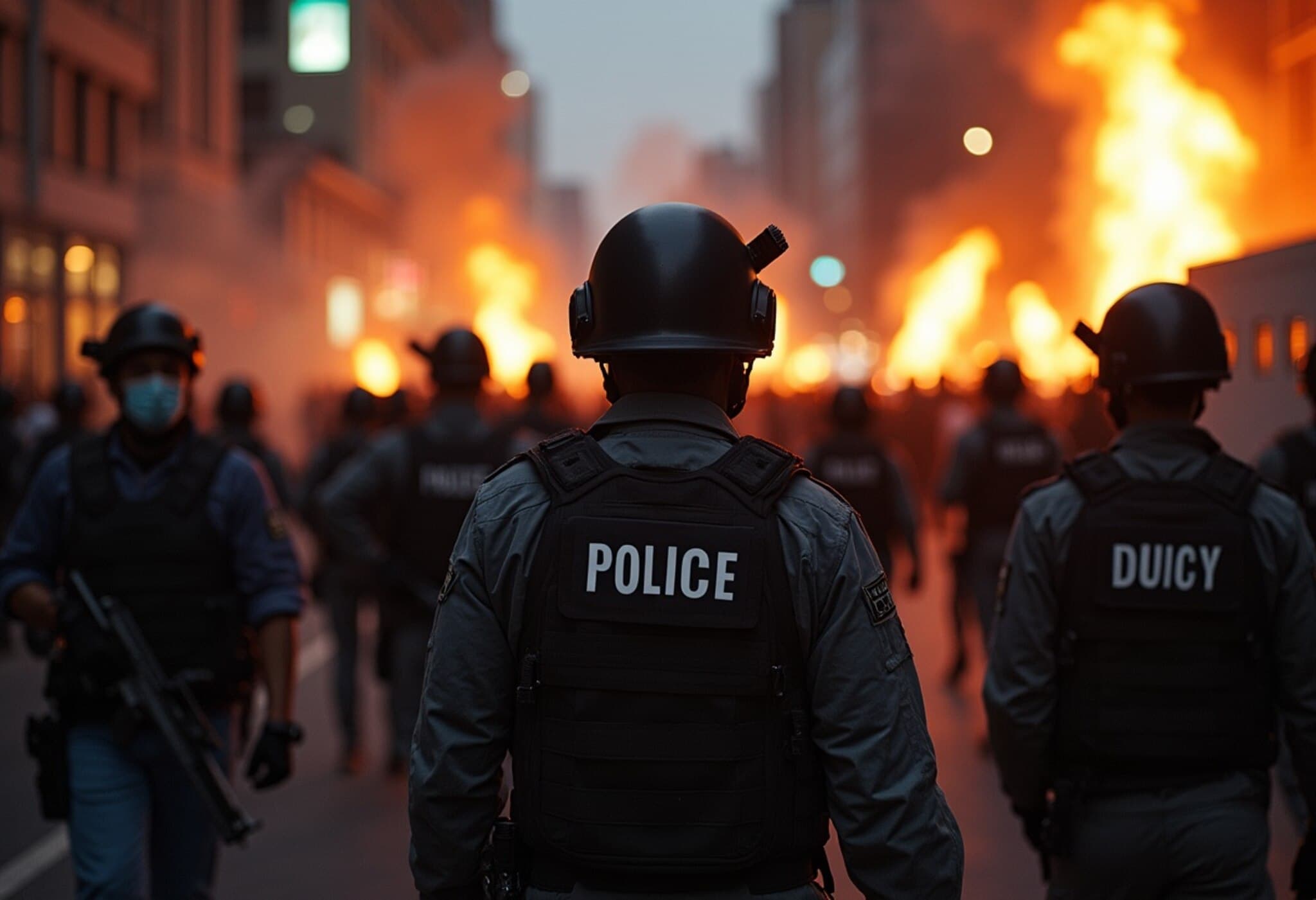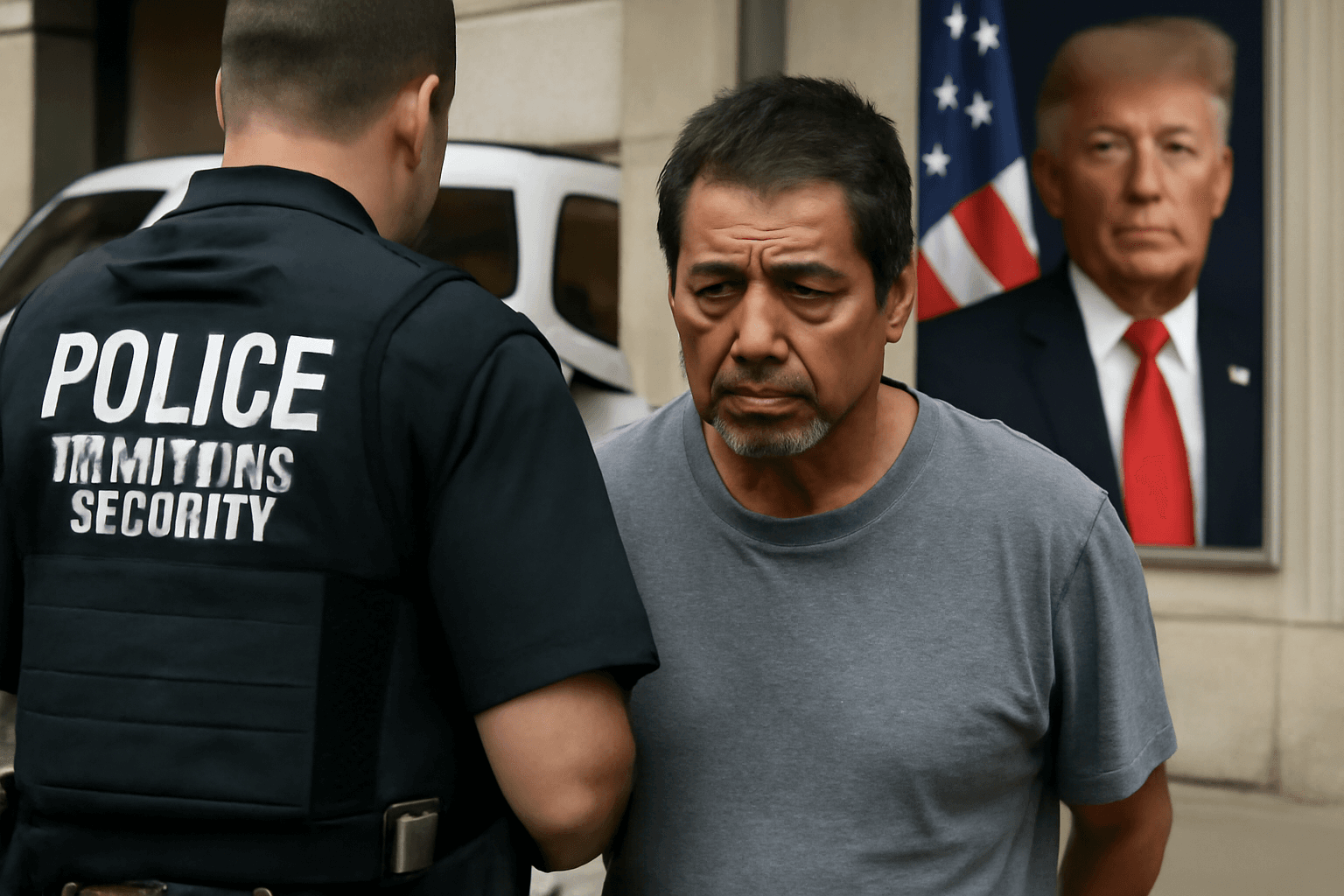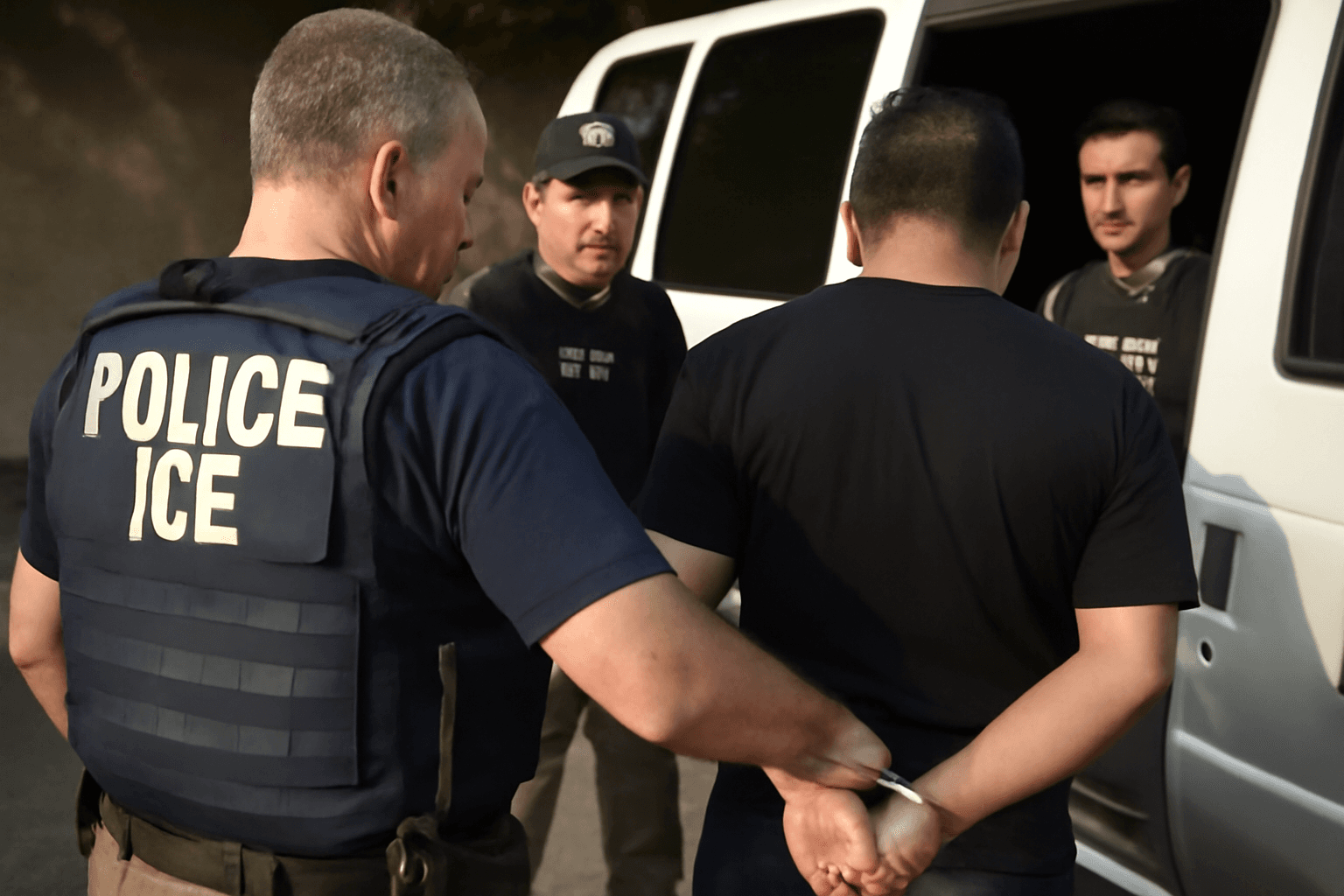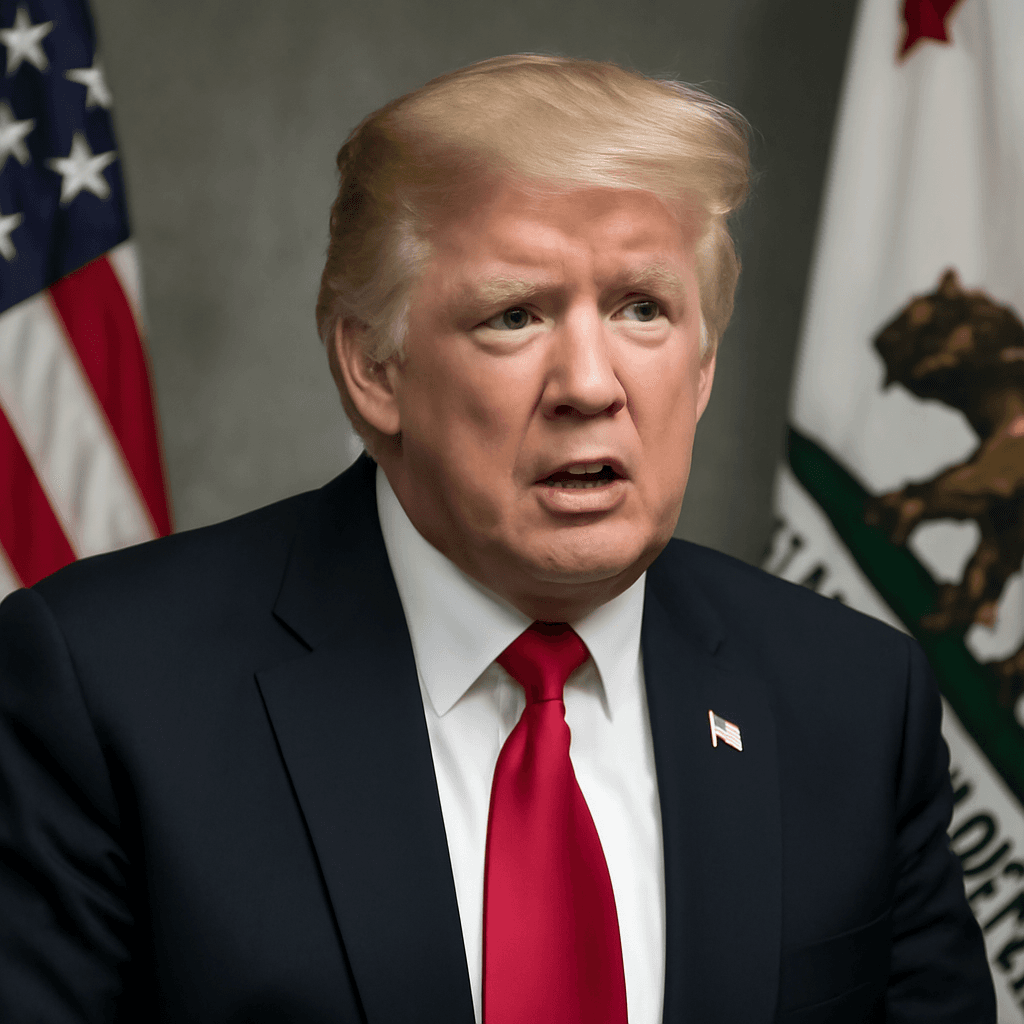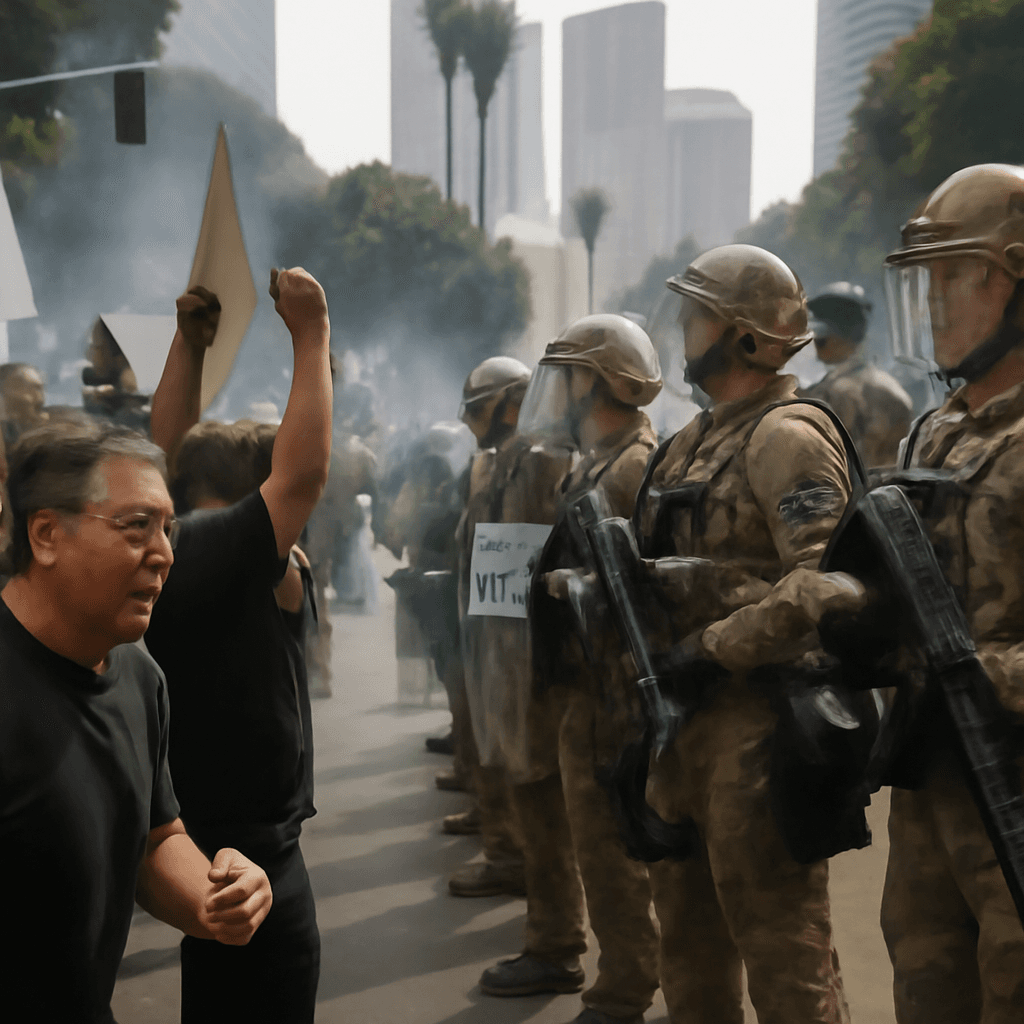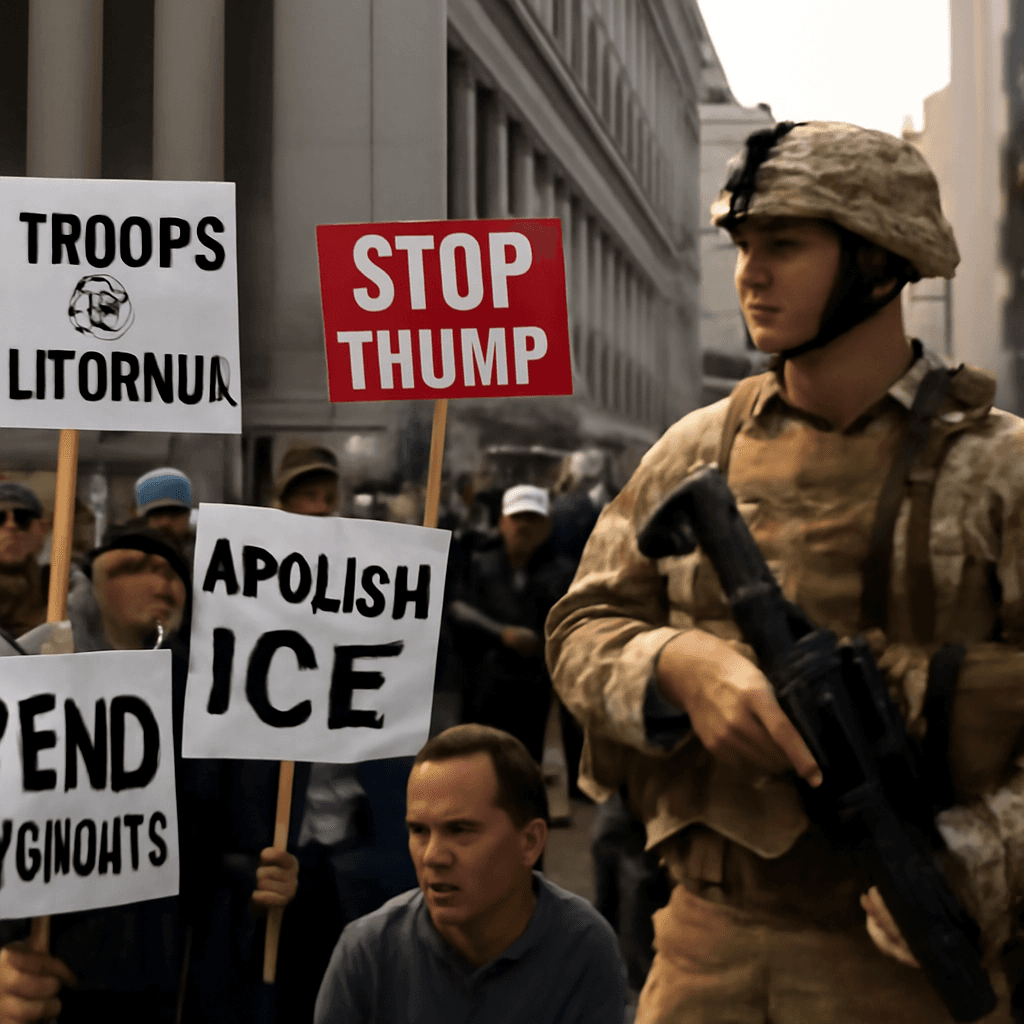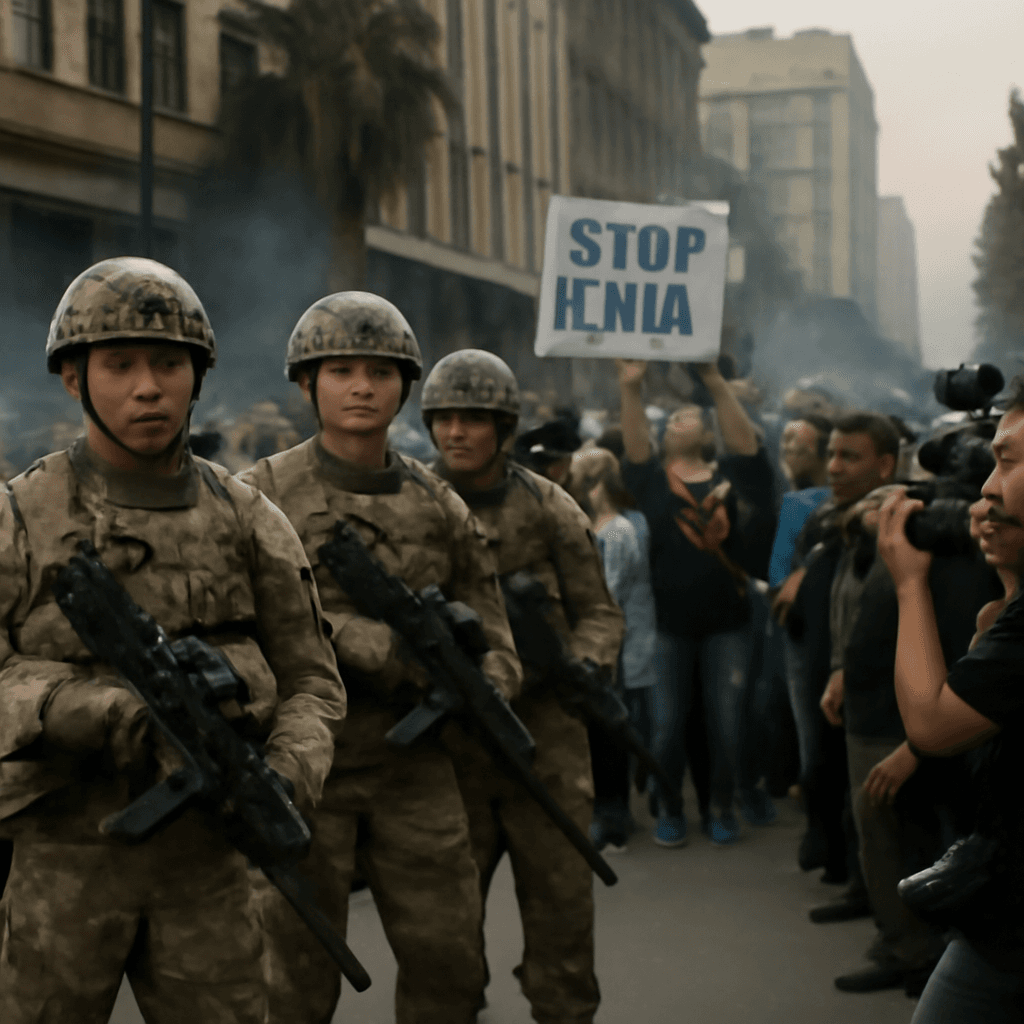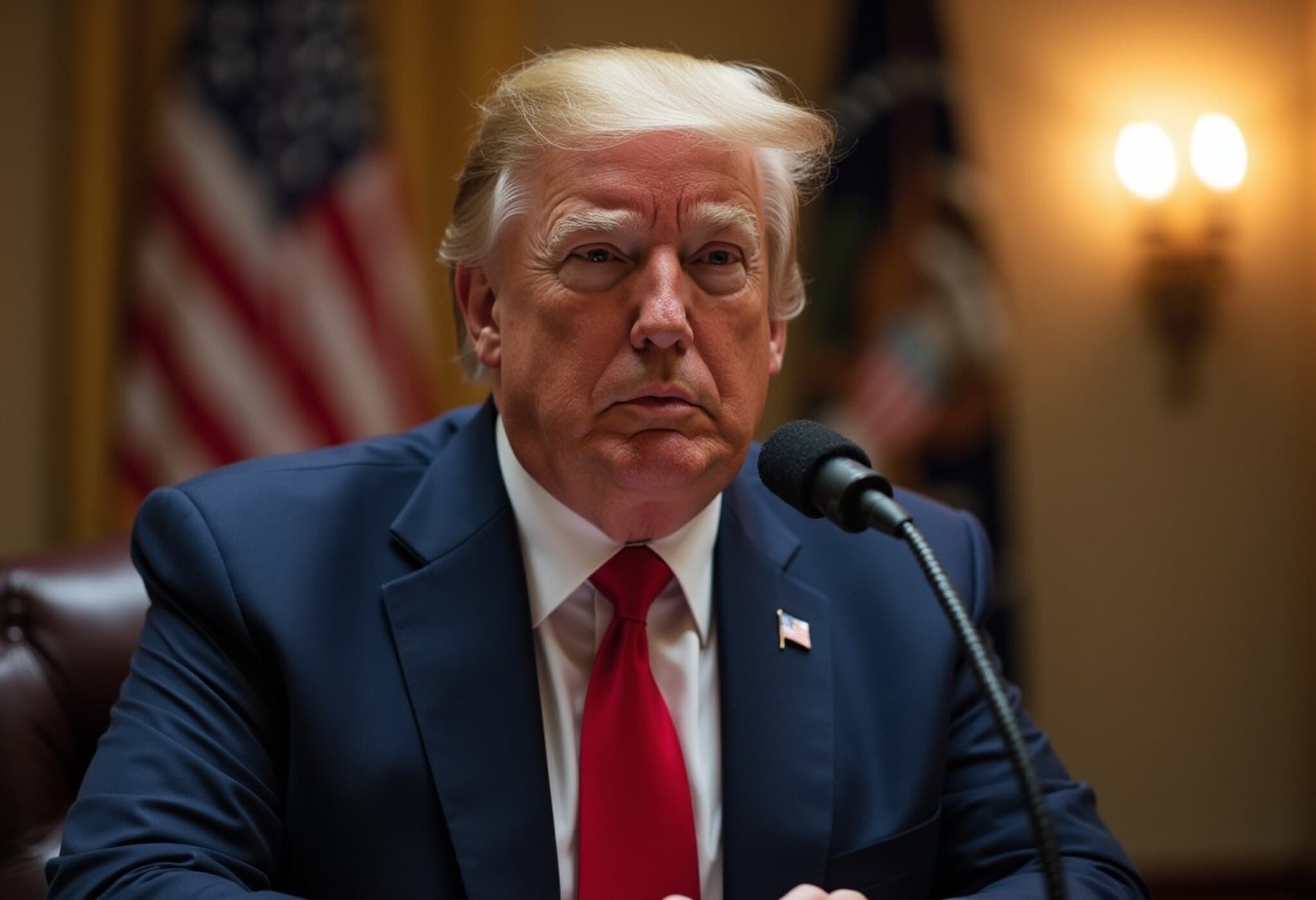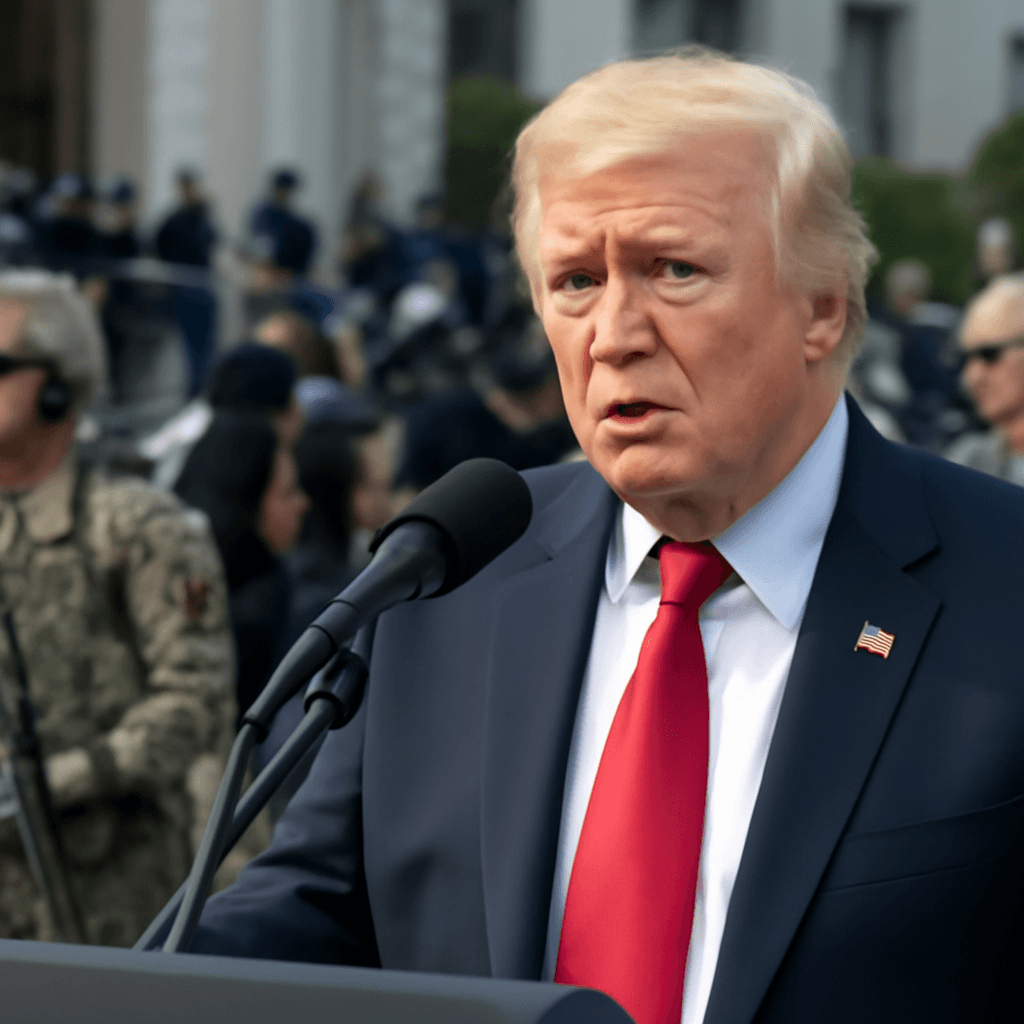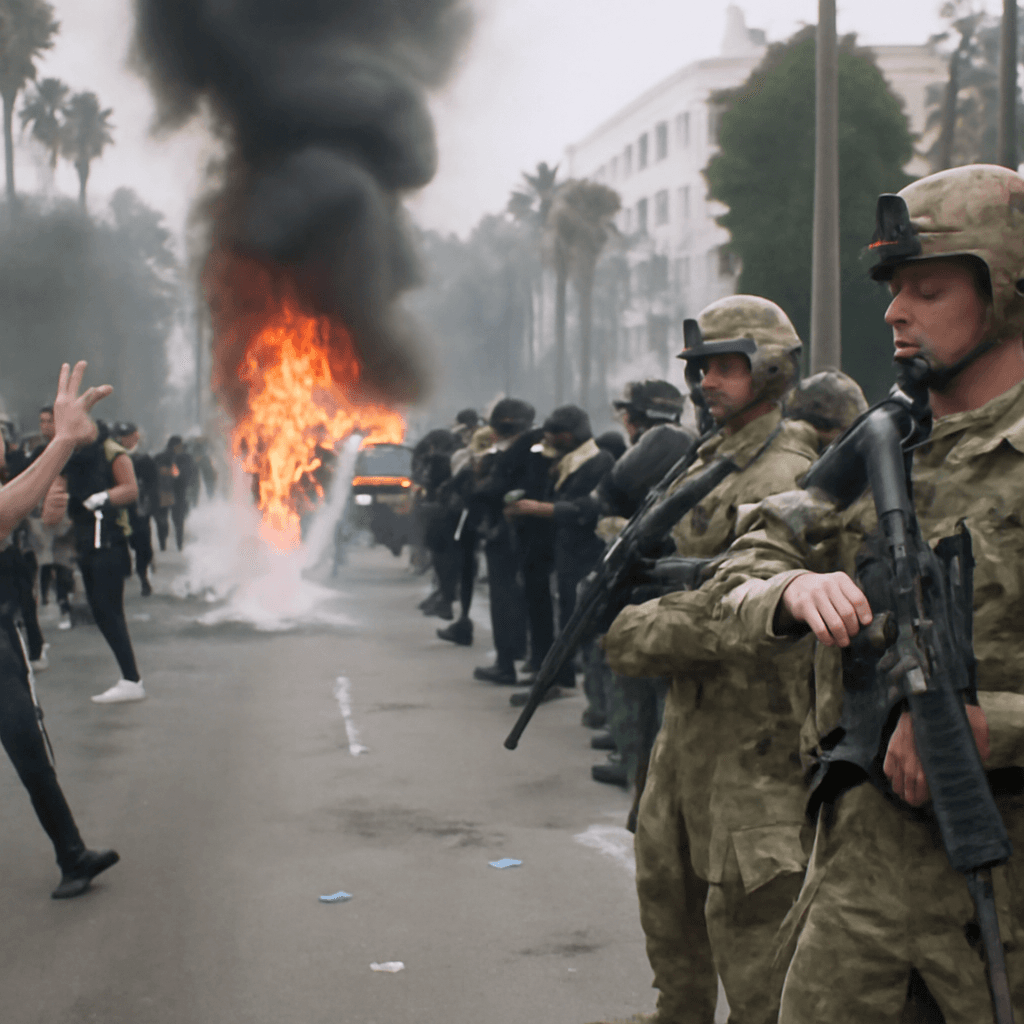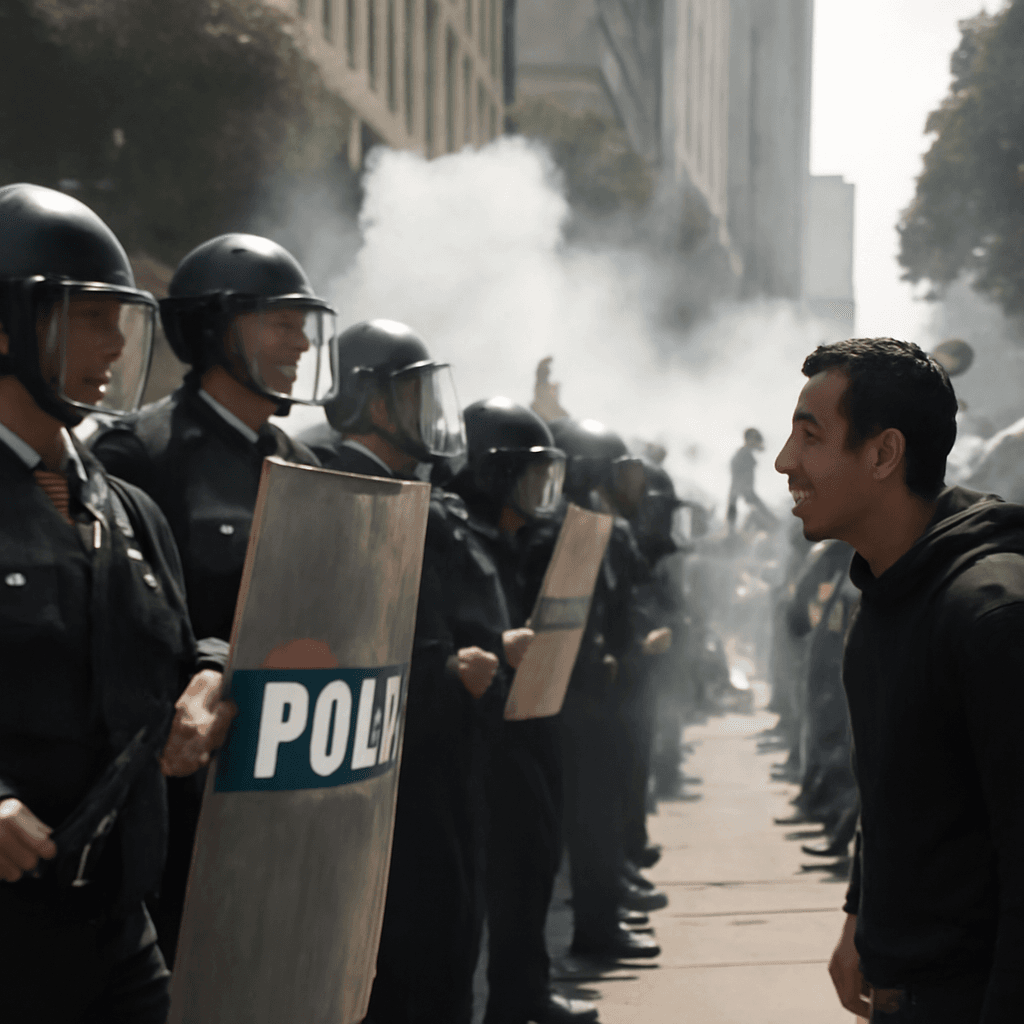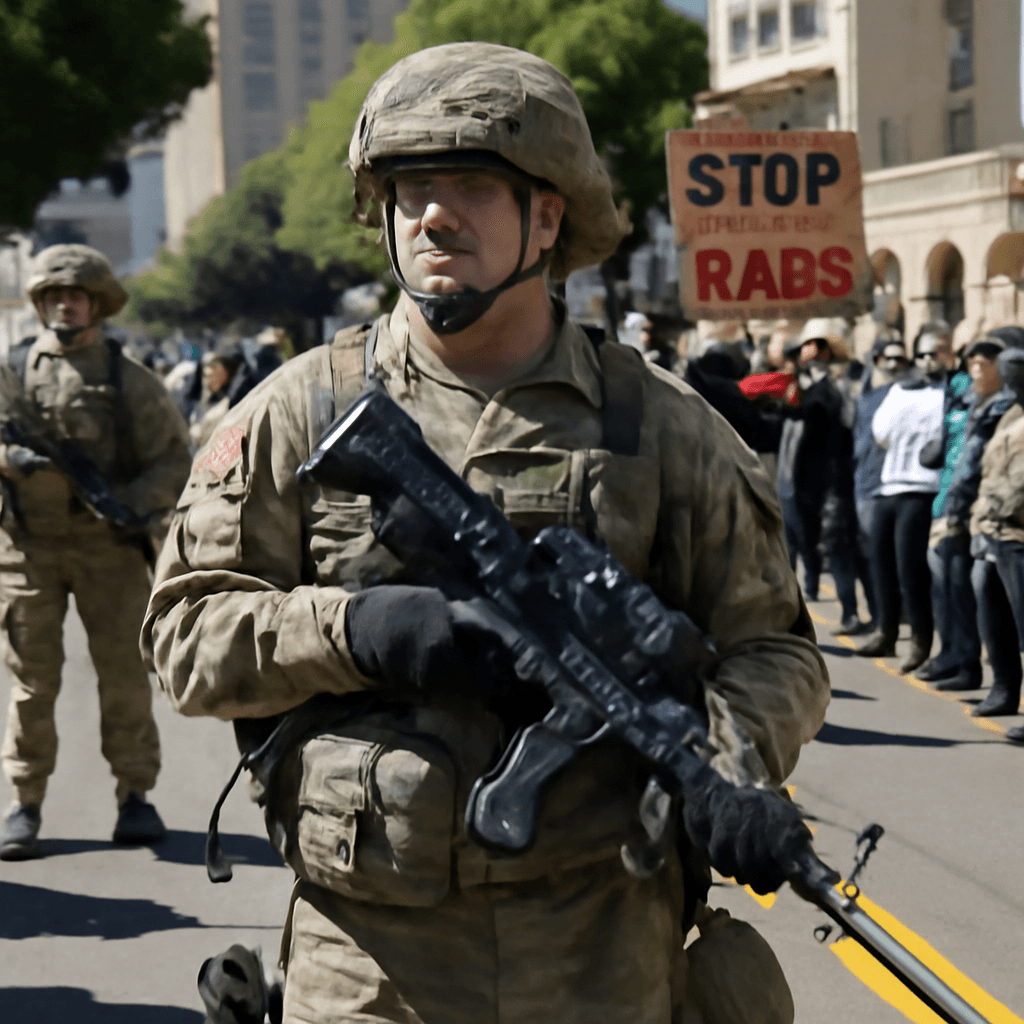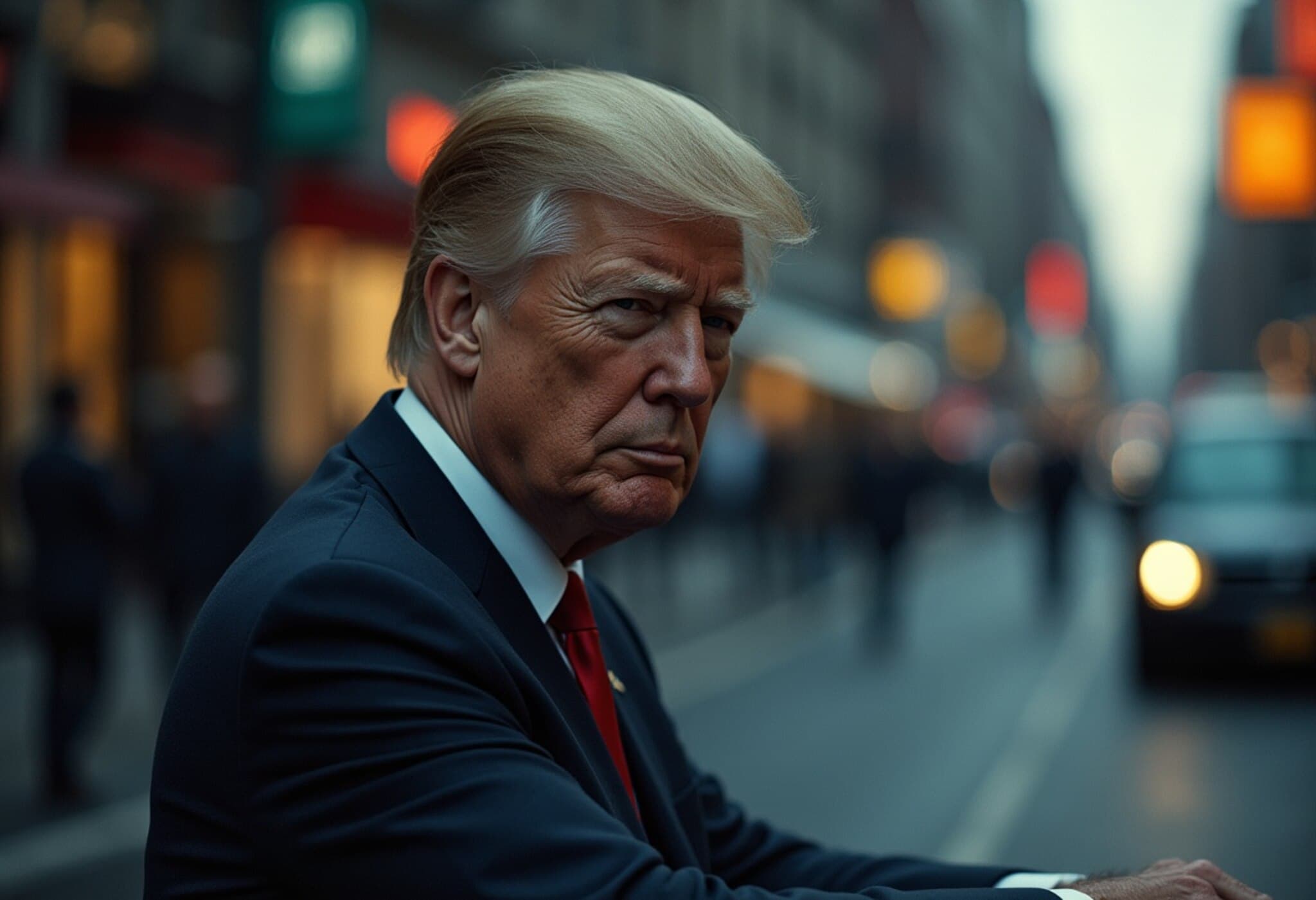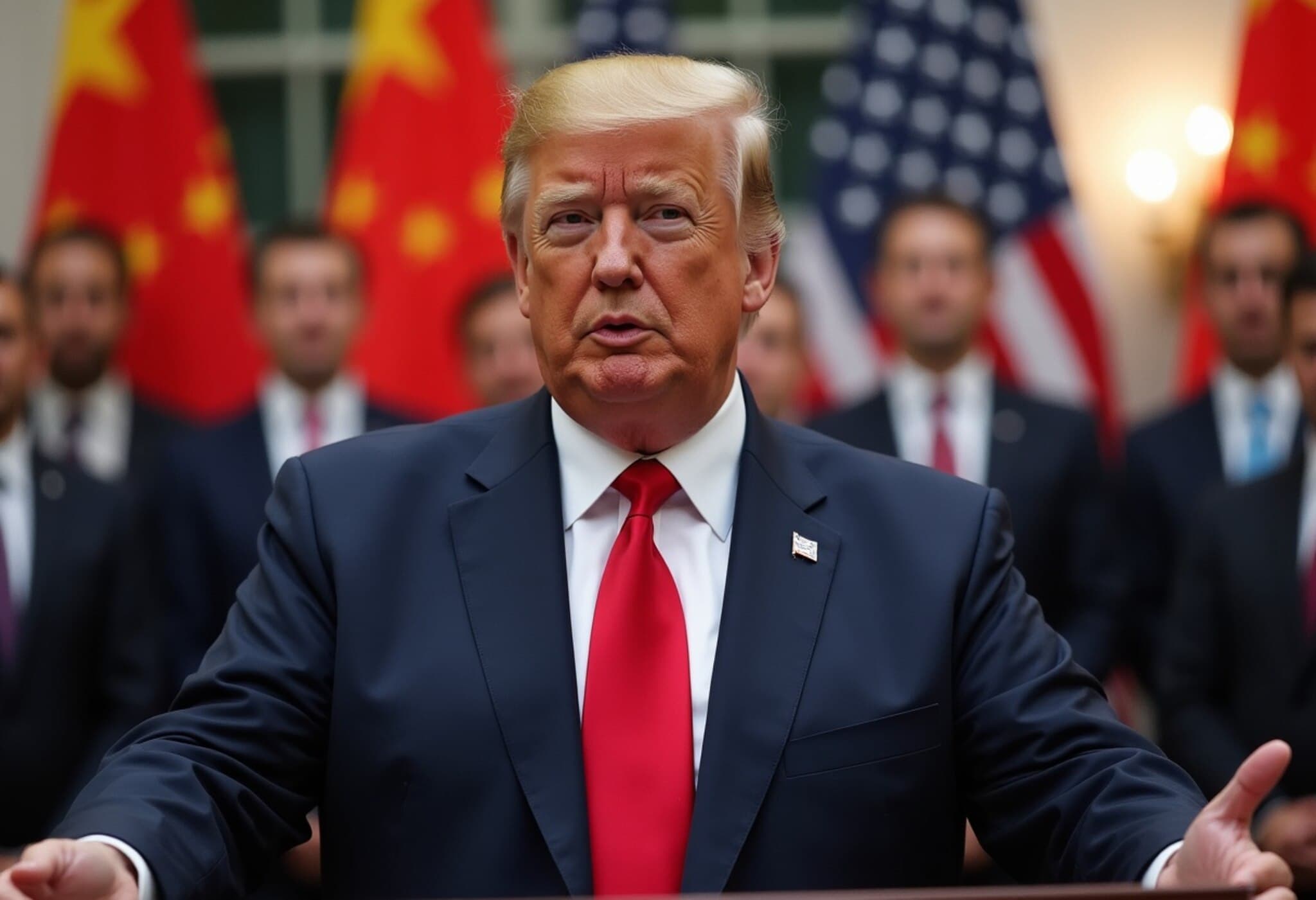Downtown Los Angeles Under Curfew Following Protests Over Immigration Raids
Los Angeles has enforced an overnight curfew in a specified zone downtown after several days of protests sparked by immigration raids. Mayor Karen Bass implemented the curfew after a surge in vandalism and looting, aiming to restore order and protect local businesses.
Police have conducted numerous arrests in response to ongoing demonstrations. Nearly 200 people were detained on Tuesday alone, adding to previous arrests during the week. Officers have used rubber bullets and other crowd-control measures to disperse crowds violating the curfew, which restricts movement between 8 p.m. and 6 a.m. within approximately one square mile of the city center.
Federal Troop Deployment Sparks Political Clash
The protests follow immigration raids carried out by federal agents targeting undocumented immigrants. In response, President Donald Trump dispatched 4,000 National Guard troops and 700 Marines to Los Angeles to support enforcement operations and protect federal properties. However, these forces lack arrest authority, serving primarily a protective role.
California Governor Gavin Newsom criticized the deployment as excessive and an "assault on democracy," warning that other states could face similar actions. He accused the White House of escalating tensions unnecessarily rather than working collaboratively with local officials.
Trump defended his decision, asserting the presence of military forces prevents Los Angeles from being "conquered by a foreign enemy" and vowed to "liberate" the city. The president also described protesters as "violent mobs" and pledged to use all available resources to quell the unrest.
Protests Spread Across Multiple U.S. Cities
The unrest in Los Angeles has inspired similar demonstrations nationwide, reflecting deep divisions over immigration policies.
- Atlanta, Georgia: Riot police employed tear gas to disperse crowds after protesters launched fireworks toward officers.
- New York City: Thousands marched peacefully through lower Manhattan, although dozens were arrested for blocking traffic near ICE offices.
- San Antonio, Texas: Authorities prepared for expected demonstrations by deploying the National Guard.
Local Impacts and Community Responses
Despite the unrest downtown, much of Los Angeles carried on with typical weekday activities: children attended school, commuters navigated heavy traffic, and tourists roamed famed Hollywood Boulevard.
Mayor Bass emphasized that Immigration and Customs Enforcement (ICE) raids in Latino neighborhoods have fueled tensions. She urged the federal administration to halt further operations to facilitate a return to peace.
Meanwhile, the Pentagon confirmed the military deployment in Los Angeles will cost approximately $134 million. The scale and cost of the operation underscore the high stakes surrounding the protests and immigration enforcement efforts.
Legal Actions and Upcoming Court Hearings
California's government filed an emergency legal challenge to block the use of federal troops without state consent. Although a judge denied the immediate request, a hearing on the matter is scheduled soon. This legal battle highlights conflict over federal authority and state rights amid the heightened tensions.
The Bigger Picture: Public Opinion and National Debate
President Trump has ambitious goals for increased immigration enforcement, aiming for at least 3,000 daily arrests to advance his mass deportation agenda. Historically, his administration reduced illegal border crossings to record lows.
Public sentiment toward these policies is divided. Recent polling shows a slim majority supports the president’s deportation measures, although broader approval of his economic and inflation strategies lags behind.
Looking Ahead: Continued Protests and Political Tensions
The situation remains fluid. Local officials, military personnel, and federal agents continue to navigate a tense environment where concerns about safety, human rights, and governance intersect.
Mayor Bass and Governor Newsom both called for peaceful solutions, emphasizing community protection over confrontation. However, with protests spreading and federal troop deployments ongoing, the political battle over immigration and public order in California and beyond shows no immediate signs of abating.

